Fundamental Grade API: Invest with Conviction Using Real Project Signals
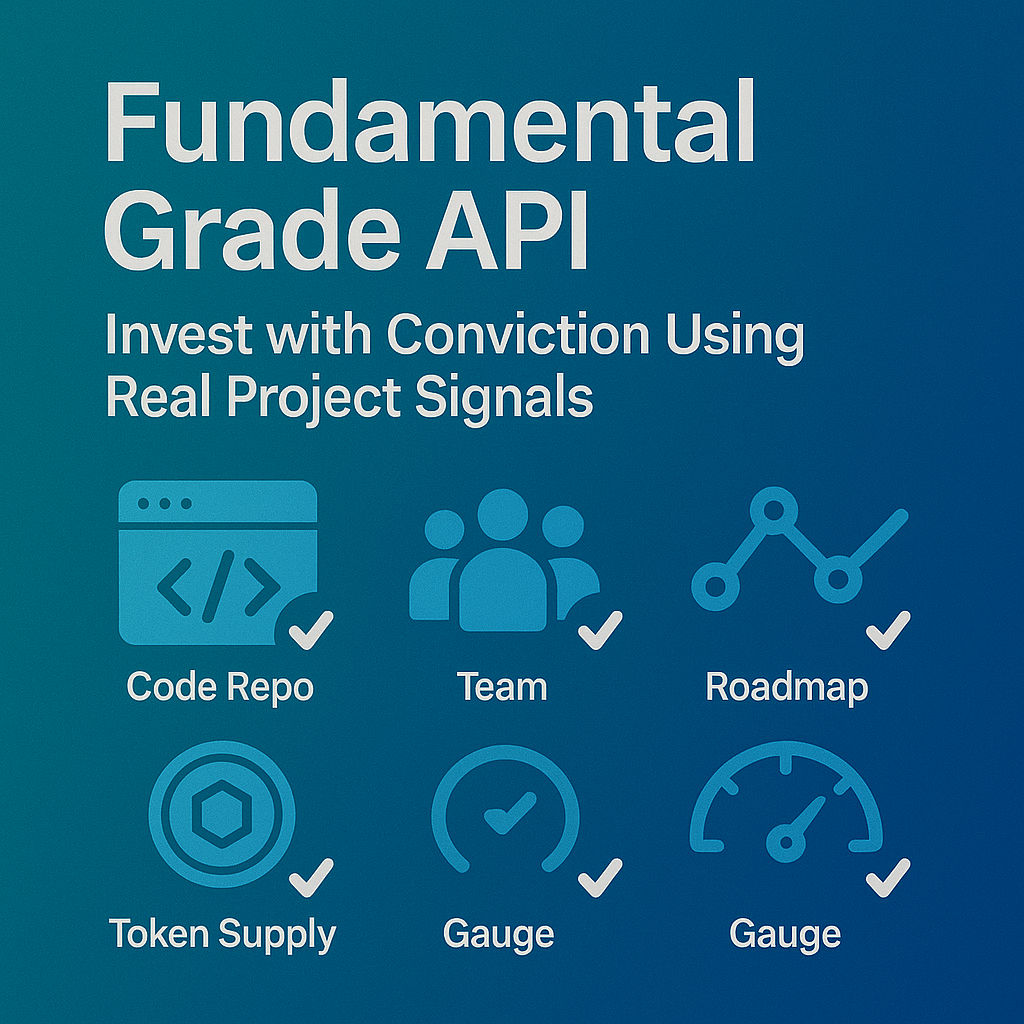
Most traders chase price action; Fundamental Grade API helps you see the business behind the token—community traction, tokenomics design, exchange presence, VC signals, and DeFi health—consolidated into one score you can query in code. In a few minutes, you’ll fetch Fundamental Grade, render it in your product, and ship a due-diligence UX that drives trust. Start by grabbing your key at the Get API Key page, Run Hello-TM to verify your first call, then Clone a Template to go live fast.
What You’ll Build in 2 Minutes
- A minimal script to fetch Fundamental Grade from /v2/fundamental-grade for any symbol (e.g., BTC).
- Optional curl to smoke-test your key in seconds.
- A drop-in pattern to display the grade + key drivers in dashboards, screeners, and research tools.
- Endpoints to consider next: /v2/tm-grade (technical/sentiment/momentum), /v2/price-prediction (scenario planning), /v2/resistance-support (risk levels), /v2/quantmetrics (risk/return stats).
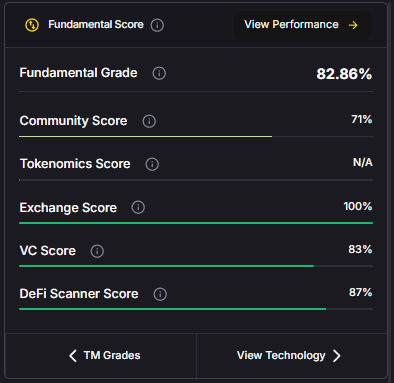
Why This Matters
Beyond price, toward quality. Markets are noisy—hype rises and fades. Fundamental Grade consolidates hard-to-track signals (community growth, token distribution, liquidity venues, investor quality, DeFi integrations) into a clear, comparable score. You get a fast “is this worth time and capital?” answer for screening, allocation, and monitoring.
Build trust into your product. Whether you run an investor terminal, exchange research tab, or a portfolio tool, Fundamental Grade lets users justify positions. Pair it with TM Grade or Quantmetrics for a balanced picture: what to buy (fundamentals) and when to act (signals/levels).
Where to Find
The Fundamental Grade is easily accessible in the top right of the API Reference. Grab the cURL request for seamless access!
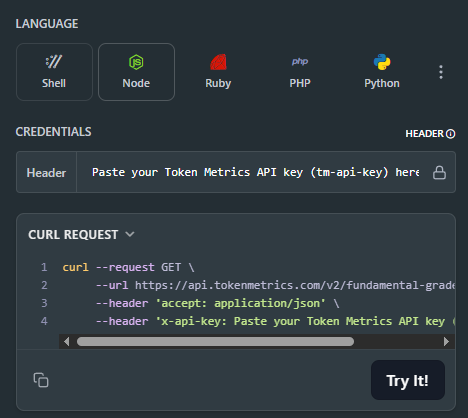
👉 Ready to build? Get API Key • Run Hello-TM • Clone a Template
Live Demo & Templates
- Due-Diligence Token Page: Show Fundamental Grade with a component breakdown (community, tokenomics, exchange presence, VC, DeFi).
- Screener/Ranker: Sort by Fundamental Grade, add market-cap bands, and flag “rising fundamentals” week-over-week.
- Allocation Dashboard: Combine Fundamental Grade with TM Grade and Quantmetrics for resilient portfolio construction.
Kick off from our quickstarts—fork a dashboard or screener template, plug your key, and deploy. If you’re new here, Run Hello-TM first to confirm your environment, then scale into product features. When you outgrow the free tier, compare API plans.
How It Works (Under the Hood)
Fundamental Grade aggregates multiple project-quality signals into a normalized score and label (e.g., Strong / Average / Weak). Typical sub-signals include:
- Community: momentum across channels (dev activity/user traction signals where applicable).
- Tokenomics: supply schedule, distribution, unlock dynamics, incentives.
- Exchange Presence: venue coverage, depth/liquidity proxies.
- VC/Investor Signals: quality/durability of backing and ecosystem support.
- DeFi Health: integrations, TVL context, composability footprint.
At query time, you call /v2/fundamental-grade with a symbol; responses include the overall score plus component scores you can visualize. For dashboards with many assets, batch fetches and short-TTL caching keep pages responsive. If you push alerts (e.g., “Fundamental Grade upgraded”), prefer webhooks or queued jobs to avoid hammering the API.
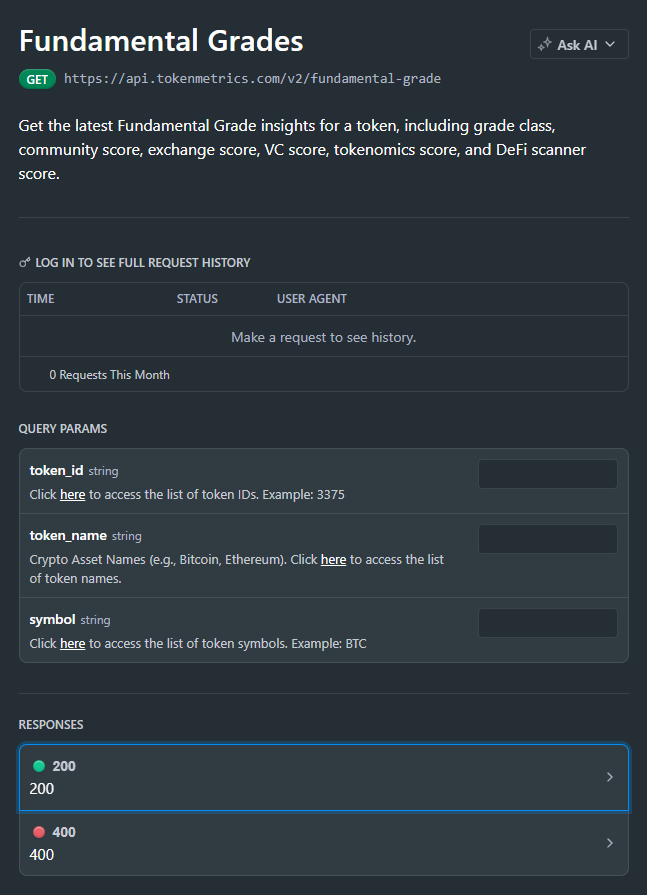
Production Checklist
- Rate limits: Know plan caps; add client throttling and request queues.
- Retries/backoff: Exponential backoff + jitter; surface actionable error messages.
- Idempotency: Prevent duplicate downstream actions on retried calls.
- Caching: Use memory/Redis/KV with short TTLs; pre-warm popular symbols.
- Webhooks & jobs: For alerts, use signed webhooks or scheduled jobs; log delivery outcomes.
- Pagination/Bulk: When covering many tokens, paginate or process in batches.
- Error catalog: Map 4xx/5xx to user-visible fixes; log request IDs.
- Observability: Track p95/p99 and error rate per endpoint; alert on spikes.
- Security: Keep API keys in secrets managers; rotate regularly.
Use Cases & Patterns
- Screener Maker: Rank tokens by Fundamental Grade, filter by market cap/sector, and add “rising fundamentals” badges for discovery.
- Dashboard Builder: On each token page, show the headline grade with a component chart; link to methodology for transparency.
- Research & PM Tools: Flag downgrades/upgrades to prompt re-evaluation; attach notes to component changes (e.g., DeFi health drop).
- Allocator / Risk: Require a minimum Fundamental Grade before inclusion; rebalance only when grade crosses thresholds.
- Community/Discord: Post weekly upgrades as digest messages with links back to your app.
Next Steps
- Get API Key — generate a key and start free.
- Run Hello-TM — verify your first successful call.
- Clone a Template — deploy a screener or token page today.
- Watch the demo: VIDEO_URL_HERE
- Compare plans: Scale confidently with API plans.
FAQs
1) What does the Fundamental Grade API return?
A JSON payload with the overall score/grade plus component scores (e.g., community, tokenomics, exchange presence, VC backing, DeFi health) and timestamps. Use the overall grade for ranking and component scores for explanations.
2) How fast is the endpoint? Do you publish SLOs?
The API is engineered for predictable latency. For high-traffic dashboards, add short-TTL caching and batch requests; for alerts, use jobs/webhooks to minimize round-trips.
3) Can I combine Fundamental Grade with TM Grade or signals?
Yes. A common pattern is Fundamental Grade for quality filter + TM Grade for technical/sentiment context + Trading Signals for timing and Support/Resistance for risk placement.
4) How “accurate” is the grade?
It’s an opinionated synthesis of multiple inputs—not financial advice. Historical studies can inform usage, but past performance doesn’t guarantee future results. Always layer risk management and testing.
5) Do you offer SDKs and examples?
You can use REST directly (see JS/Python above). The docs include quickstarts, Postman, and ready-to-clone templates—start with Run Hello-TM.
6) Polling vs webhooks for fundamentals updates?
For UI pages, cached polling works well. For event-style notifications (upgrades/downgrades), prefer webhooks or scheduled jobs to avoid spiky traffic.
7) What about pricing, limits, and enterprise SLAs?
Begin free and scale as you grow. See API plans for allowances; enterprise SLAs and support are available—contact us.
Create Your Free Token Metrics Account

.png)




%201.svg)
%201.svg)


%201.svg)



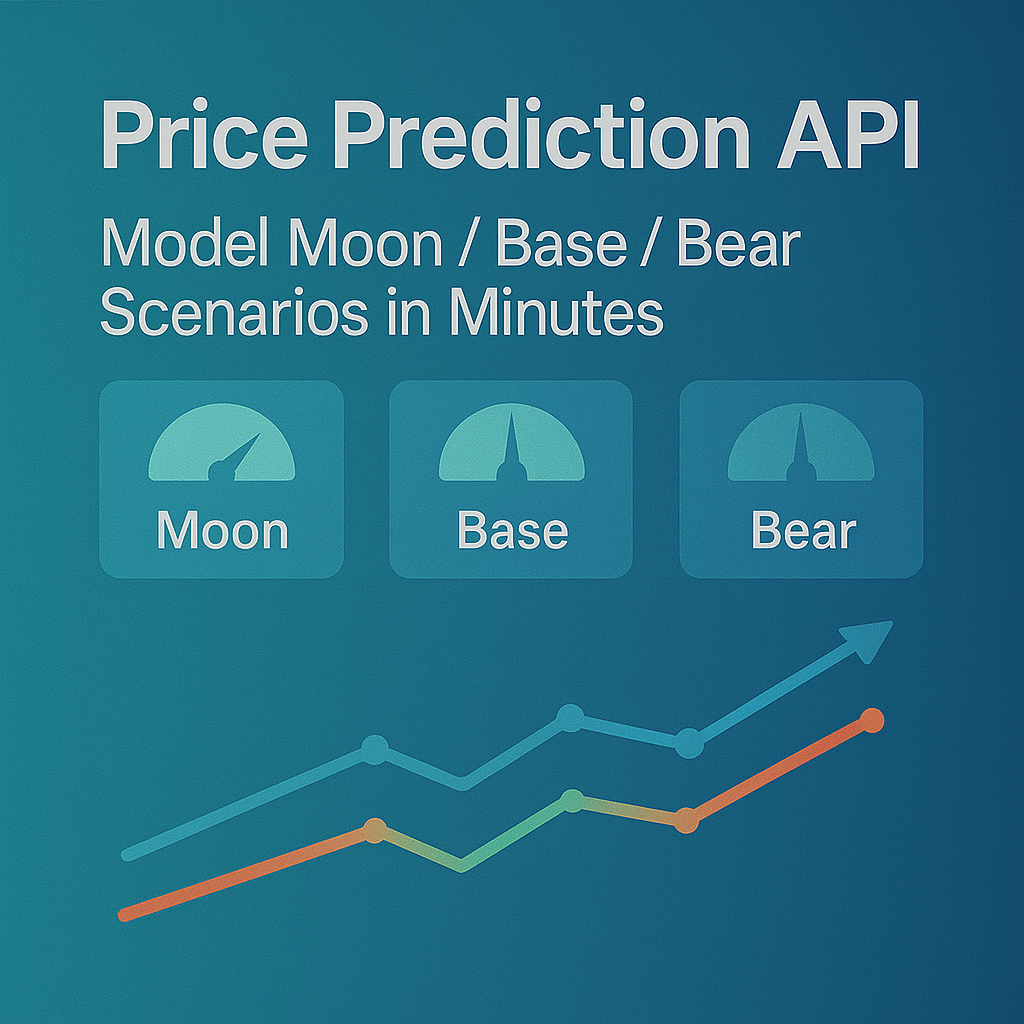
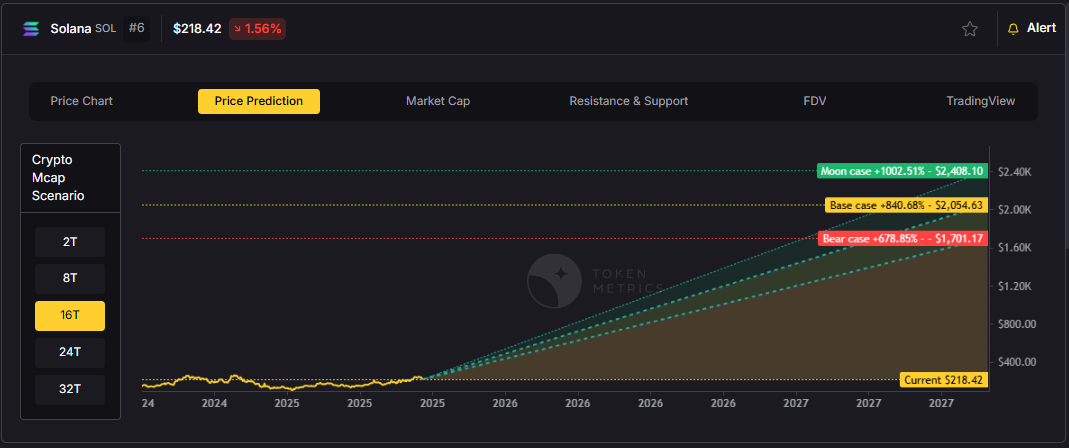
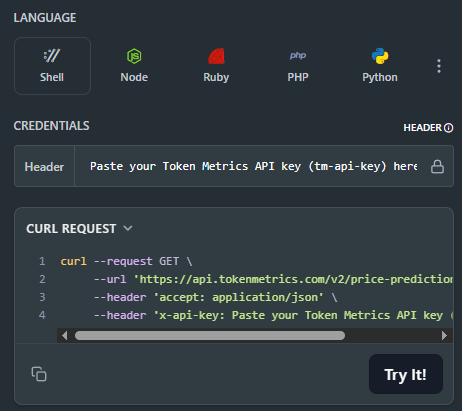
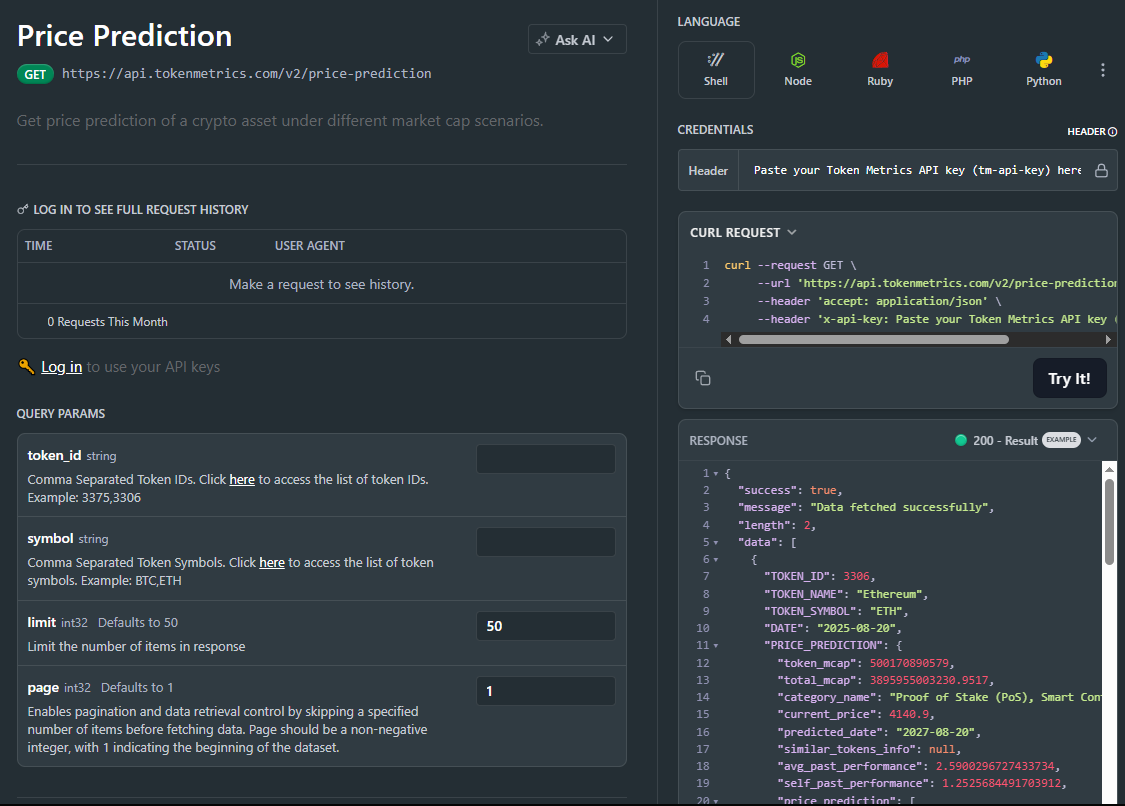
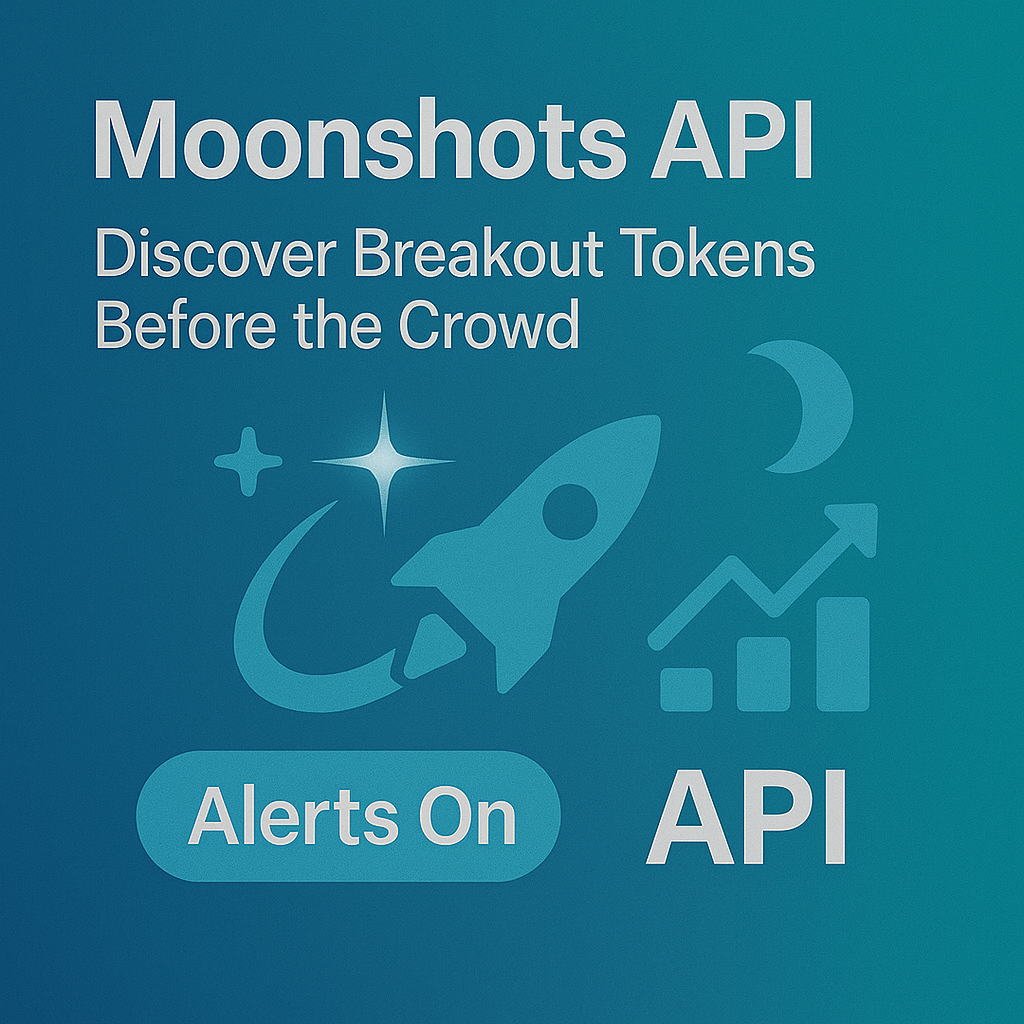
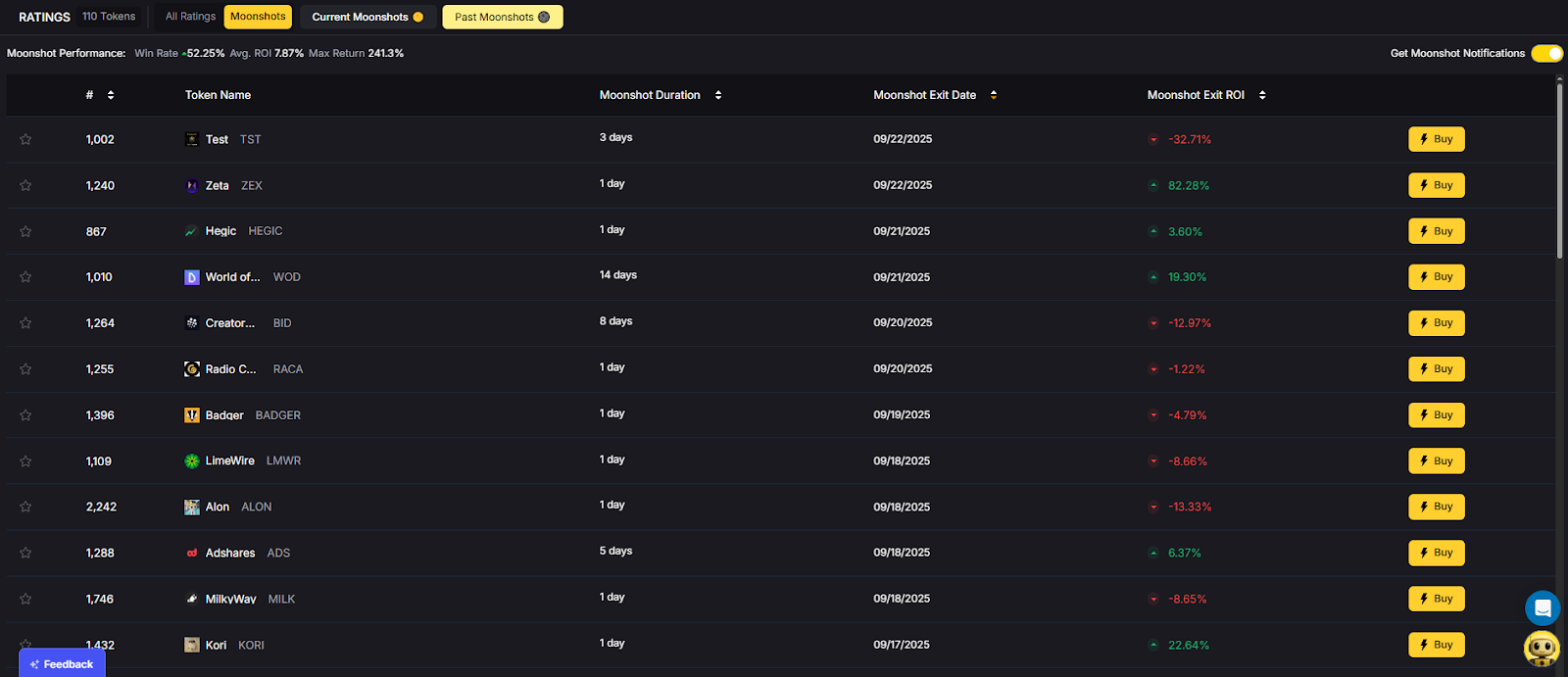
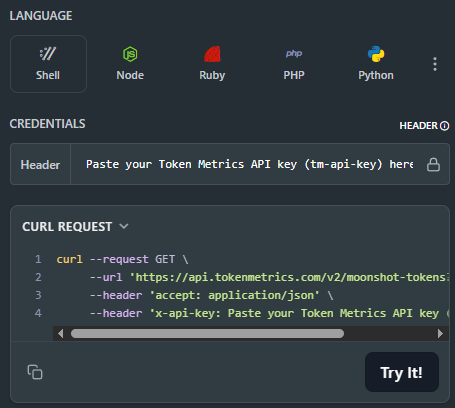
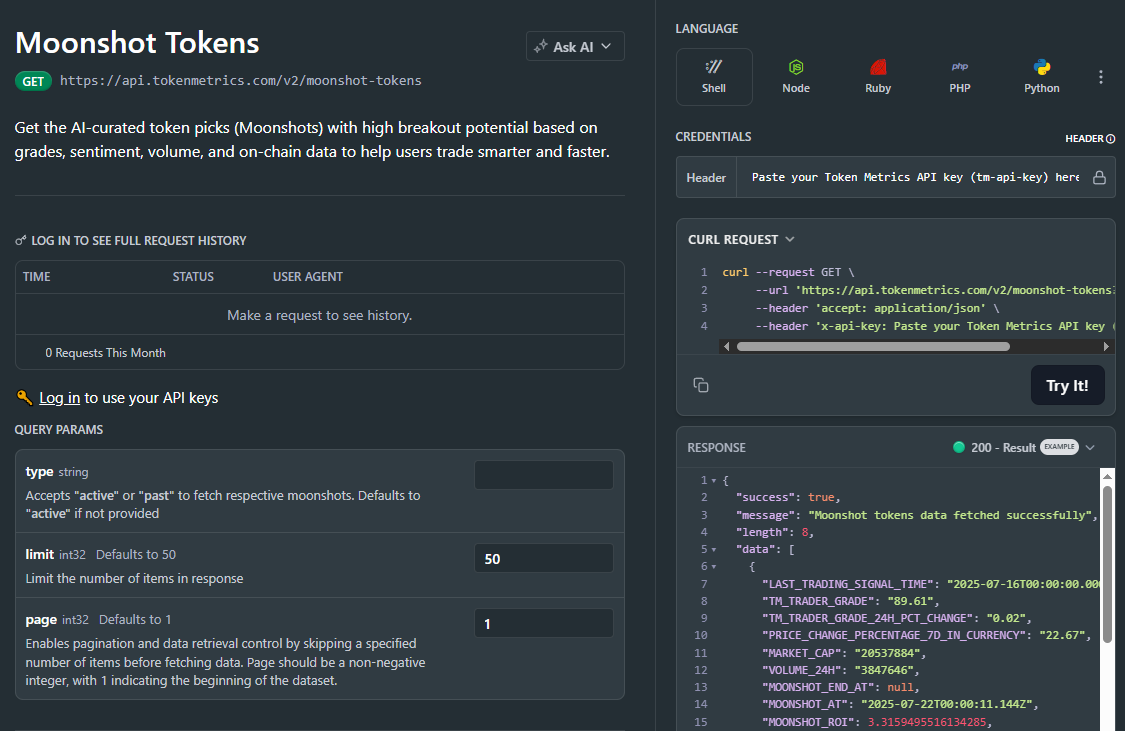
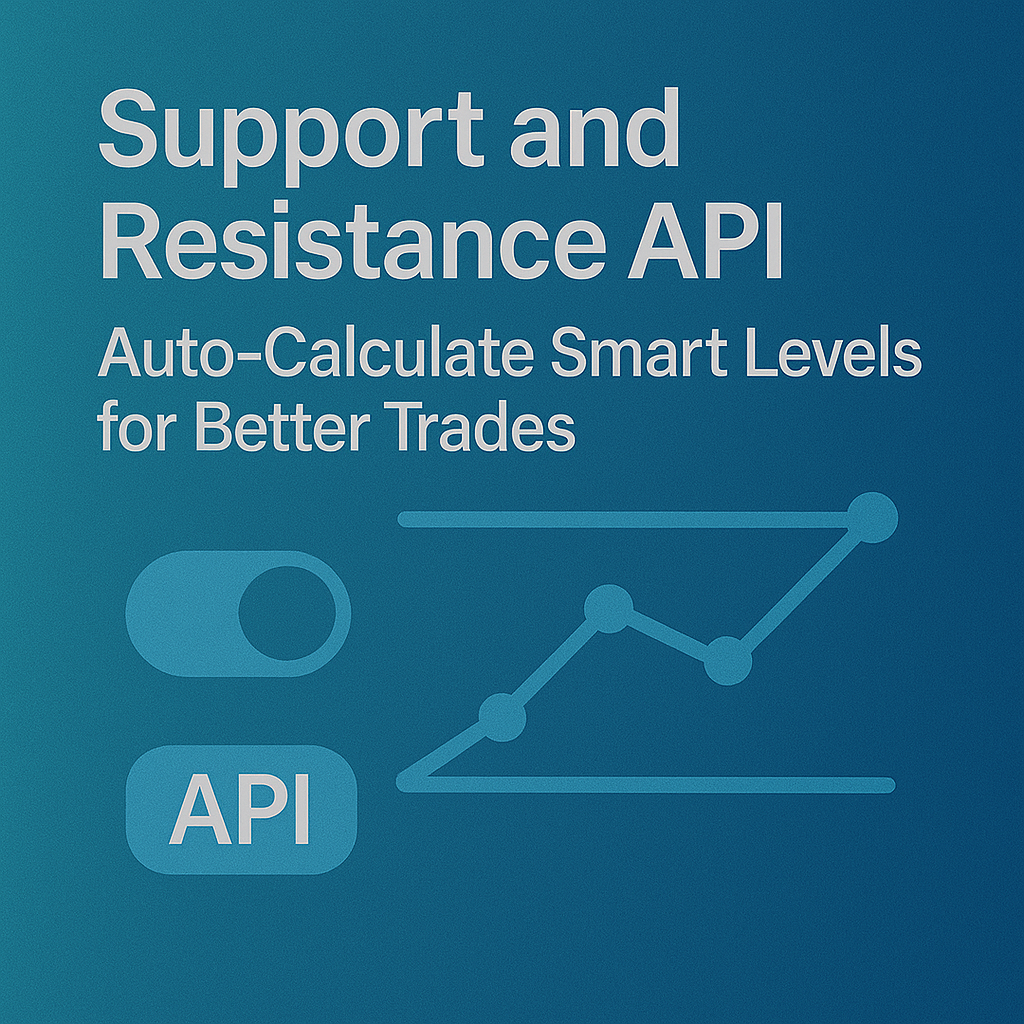
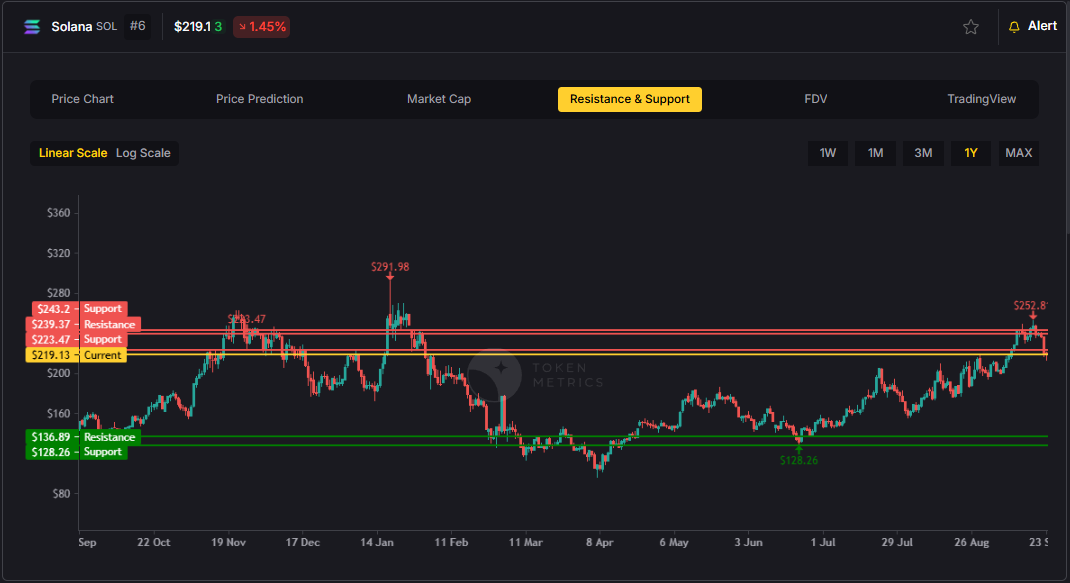
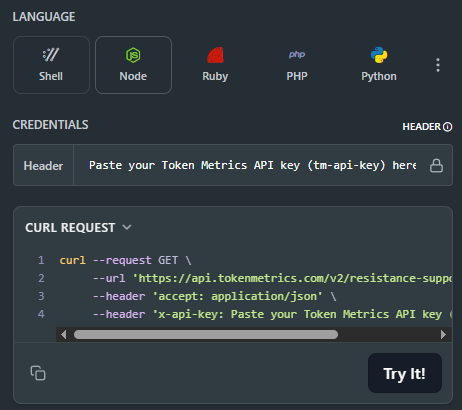
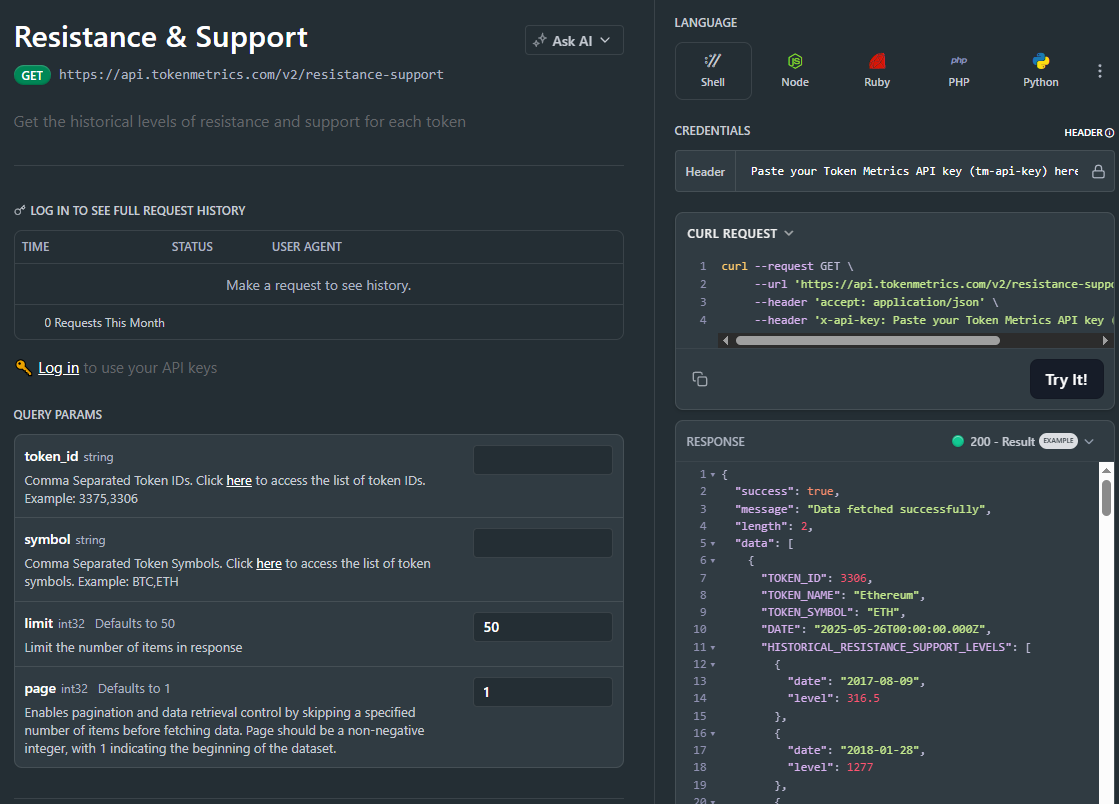




.svg)




.png)